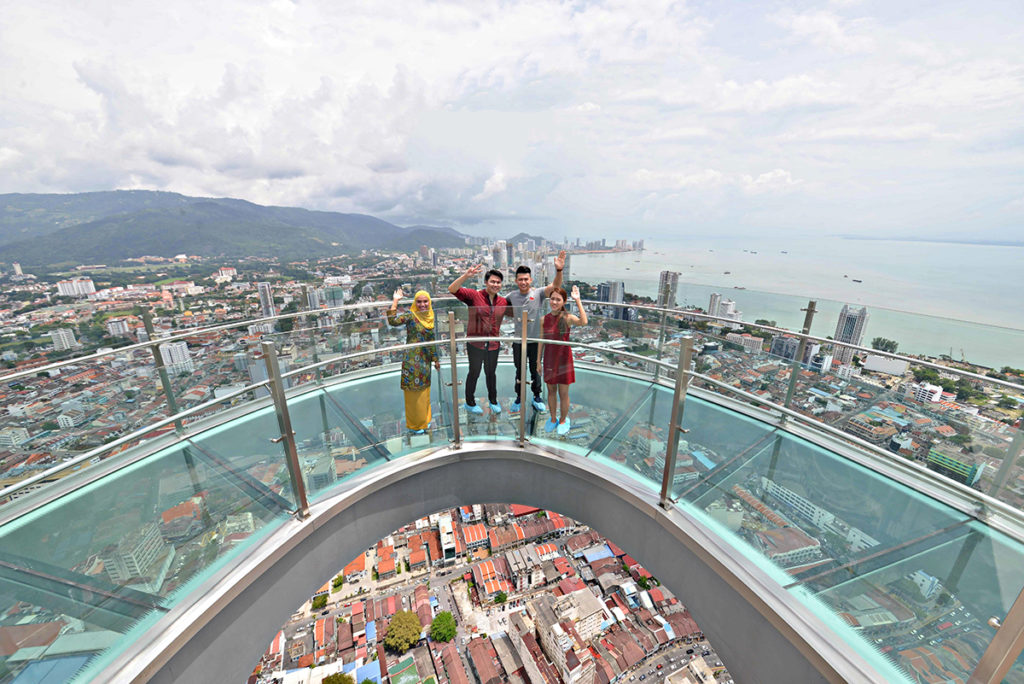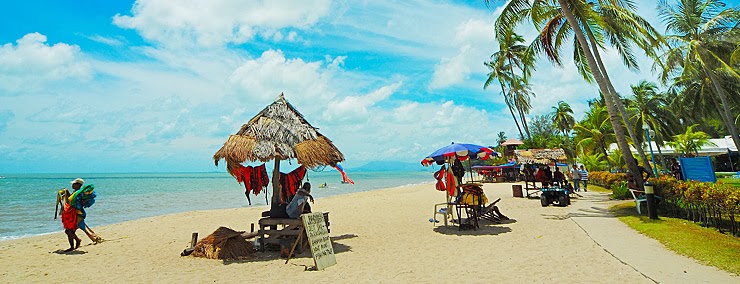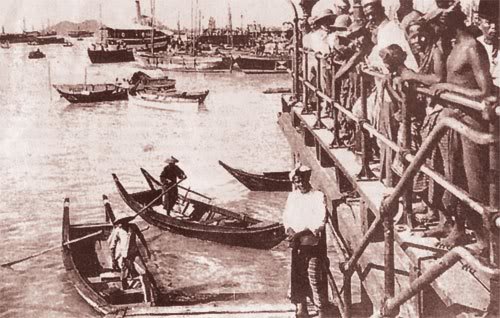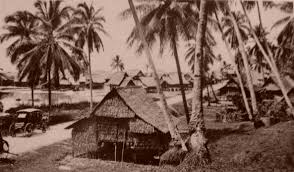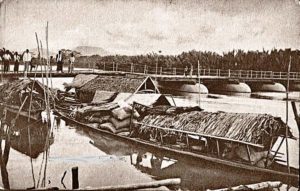Penang Travel Agency | Men’s Outcall Massage – Sport, Malay Traditional, Swedish Balinese Aromatherapy & Batin Therapy for Gents (Home & Hotel) | VIP Tour Packages & Best Hotel Deals
Looking for the best men’s outcall massage in Penang? We provide professional, full-body relaxation therapy designed for gents seeking ultimate comfort and rejuvenation. Our highly skilled, fit, and handsome male masseurs offer private home and hotel visits, ensuring a discreet and satisfying experience.
1. Exclusive Men’s Massage Services
- Malay Traditional Massage (Urut Batin & Urut Kampung) – Relieve body aches, fatigue, and enhance vitality
- Sports & Deep Tissue Massage – Perfect for muscle recovery and tension relief
- Swedish & Balinese Sensual Aromatherapy – A soothing massage for relaxation and stress relief
- Bali Erotic Relaxation Therapy – Premium full-body experience for deep relaxation
- VIP Mobile Spa & Coaching – Professional therapists at your doorstep
2. Penang’s Best Travel & Tour Packages
- Luxury & Budget-Friendly Hotel Bookings – Best deals on premium stays
- Private Tour Guides & Local Travel Packages – Discover Penang like a VIP
- Male Gym & Fitness Models Agency – Hire athletic models for events or personal training
- Massage Training, Courses & Workshops – Learn professional massage techniques
- Exclusive Male Nursing Services – Private and discreet home care for men
- Penis Enlargement & Herbal Health Products – Natural solutions for men’s wellness
3. Service Locations
We cover all major areas in Penang, including:
- Georgetown
- Batu Ferringhi
- Bayan Lepas
- Butterworth
- Bukit Mertajam
- Seberang Perai
- Sungai Ara
- Sungai Nibong


